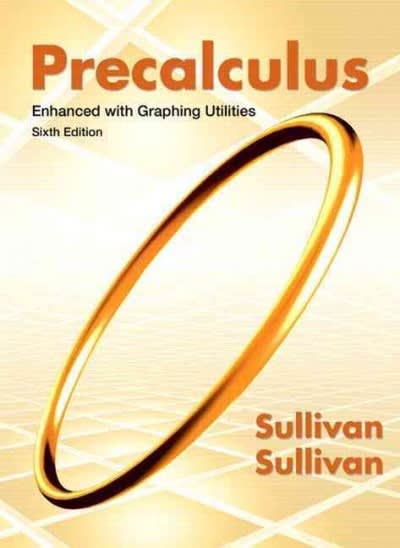Question
A suite of midlife alterations, some to the hull, are being considered for MV WARSASH to reduce the ship's future environmental impact and running costs.
A suite of midlife alterations, some to the hull, are being considered for MV WARSASH to reduce the ship's future environmental impact and running costs. A model has been built of MV WARSASH incorporating a stern flap and bulbous bow. the model has a 1:20 scale. The model is to be used to determine the total resistance of MV WARSASH at a speed of 9.2kts and a displacement of 7350t. The hope is that the hull modifications will dramatically reduce the ship's resistance, and that this would make Engine Power Limitation (EPL) a practical way of reducing CO2 emissions and fuel costs. At a displacement of 7350t MV WARSASH has a wetted surface area of 2040m2 (including the surface area of the proposed stern flap and bulbous bow).

Step by Step Solution
There are 3 Steps involved in it
Step: 1

Get Instant Access to Expert-Tailored Solutions
See step-by-step solutions with expert insights and AI powered tools for academic success
Step: 2

Step: 3

Ace Your Homework with AI
Get the answers you need in no time with our AI-driven, step-by-step assistance
Get Started


